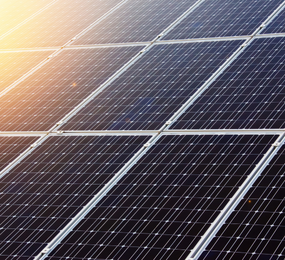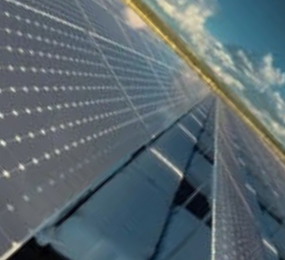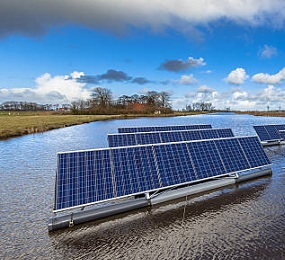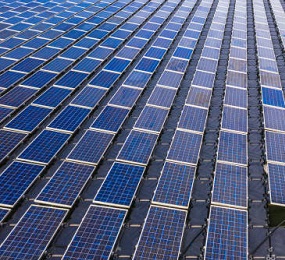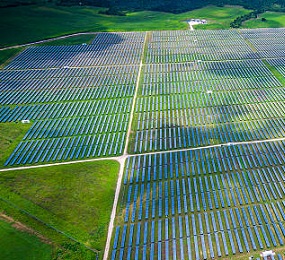The wind energy sector is generating a massive amount of data from turbines, sensors, and grid interactions. Sharing this data effectively is crucial for optimizing operations, improving grid integration, and accelerating innovation. However, traditional data sharing methods often face challenges related to security, privacy, and trust. Blockchain technology offers a promising solution, providing a secure and transparent platform for data exchange.
How Blockchain Can Transform Data Sharing in Wind Energy:
- Enhanced Security: Blockchain's decentralized and immutable nature makes it highly resistant to cyberattacks and data breaches. This ensures the integrity and confidentiality of sensitive data, such as operational data, financial records, and customer data.
- Increased Transparency: By recording all data transactions on an immutable ledger, blockchain enhances transparency and trust among stakeholders. This allows for verifiable and auditable data sharing, increasing confidence in the accuracy and integrity of information.
- Improved Data Integrity: Blockchain ensures the authenticity and integrity of data by preventing unauthorized modifications or tampering. This is crucial for applications such as certifying renewable energy certificates and tracking the origin of energy.
- Streamlined Data Exchange: Blockchain can facilitate secure and efficient data exchange between various stakeholders, including wind farm operators, grid operators, energy traders, and researchers. This can streamline operations, reduce transaction costs, and accelerate innovation.
- Smart Contracts: Blockchain can be used to automate data exchange and enforce agreements between stakeholders through the use of smart contracts. This can streamline processes and reduce the need for manual intervention.
Applications of Blockchain in Wind Energy Data Sharing:
- Secure data sharing between stakeholders: Facilitating secure and transparent data exchange among wind farm operators, grid operators, and energy traders.
- Tracking renewable energy certificates: Verifying the authenticity and origin of renewable energy certificates.
- Enabling peer-to-peer energy trading: Facilitating direct trading of renewable energy between consumers and producers.
- Improving grid integration: Sharing real-time data on wind energy production and grid conditions to optimize grid operations.
Conclusion
Blockchain technology has the potential to revolutionize data sharing in the wind energy sector. By enhancing security, transparency, and efficiency, blockchain can unlock new opportunities for innovation, collaboration, and sustainable growth in the renewable energy industry.
To register or learn more about the Forum please check here: https://bit.ly/3K0rUIz
For more information and group participation, contact us: [email protected]


